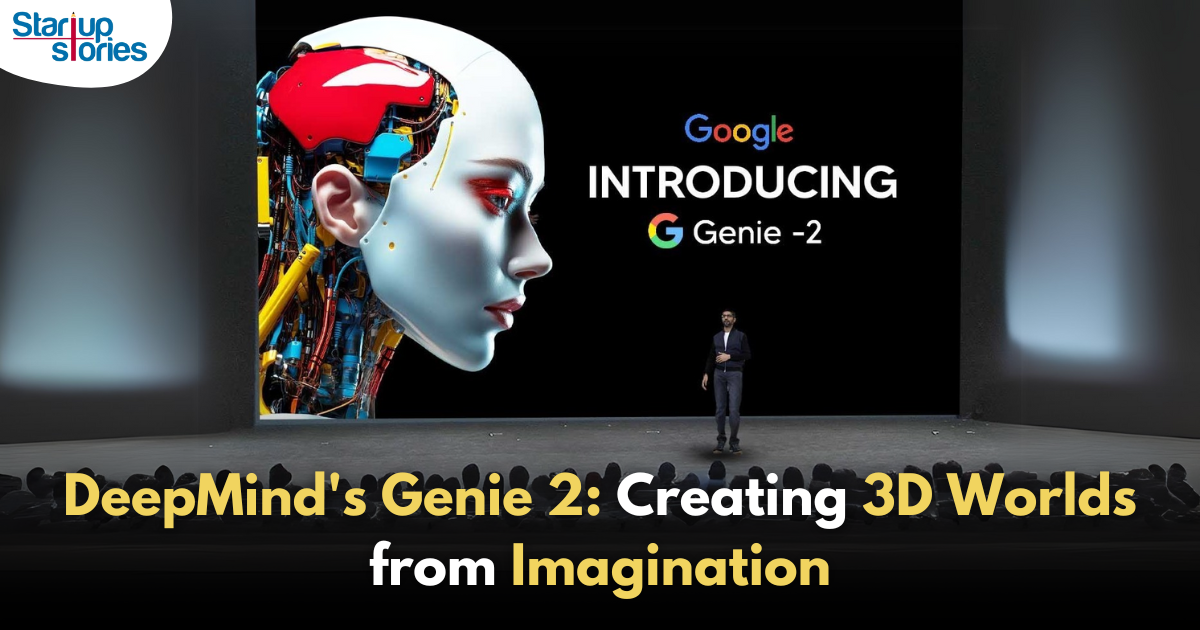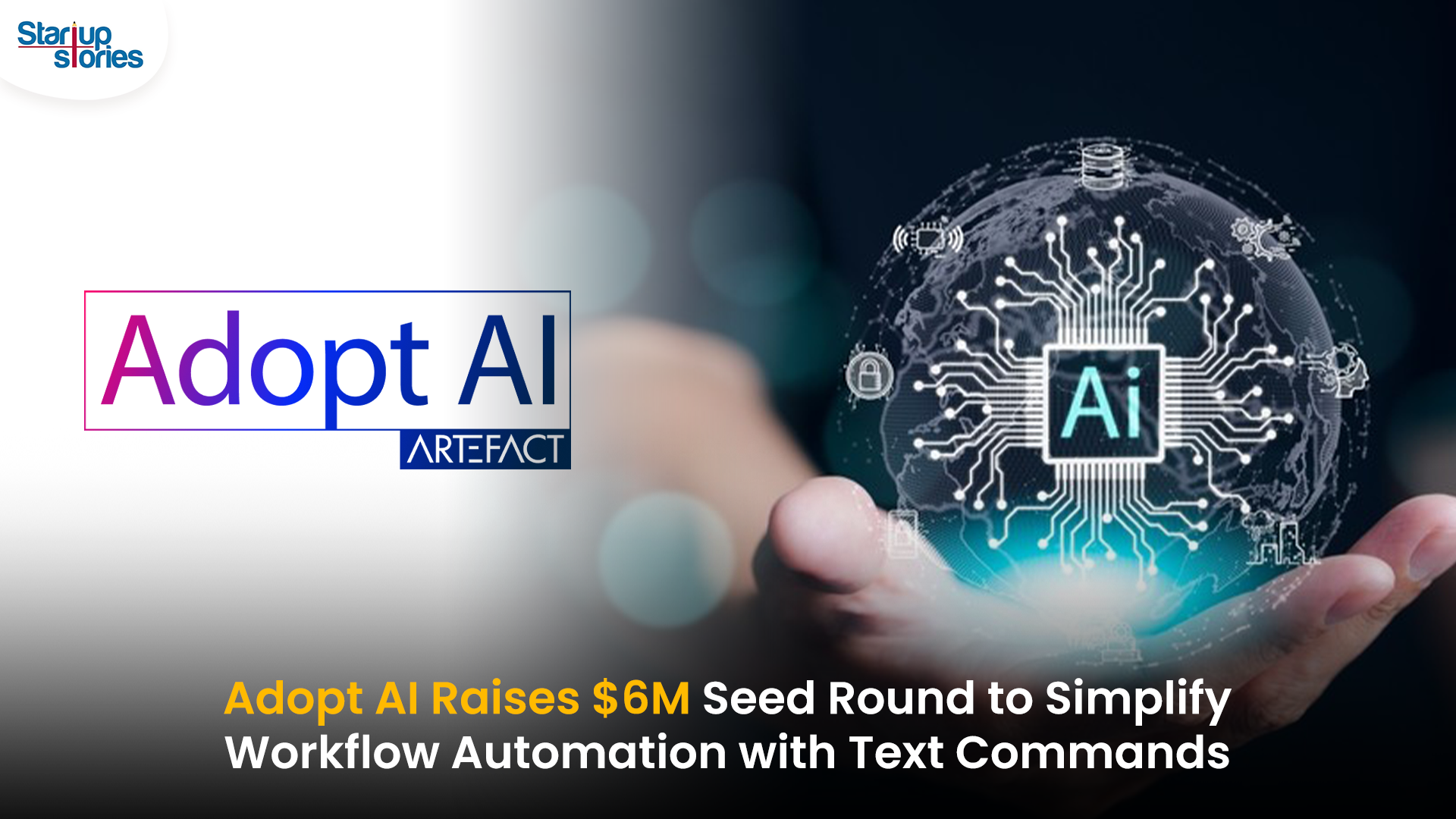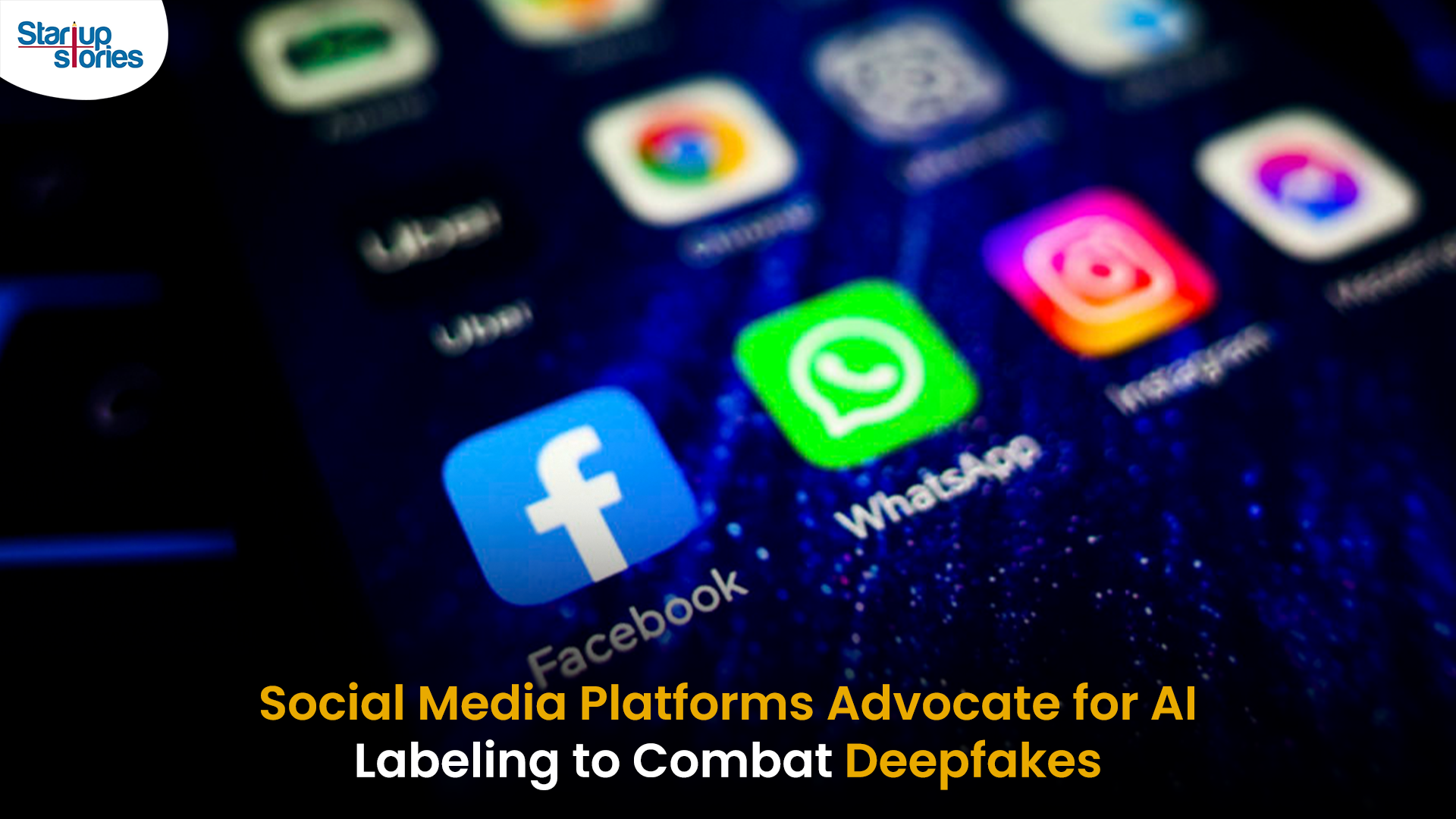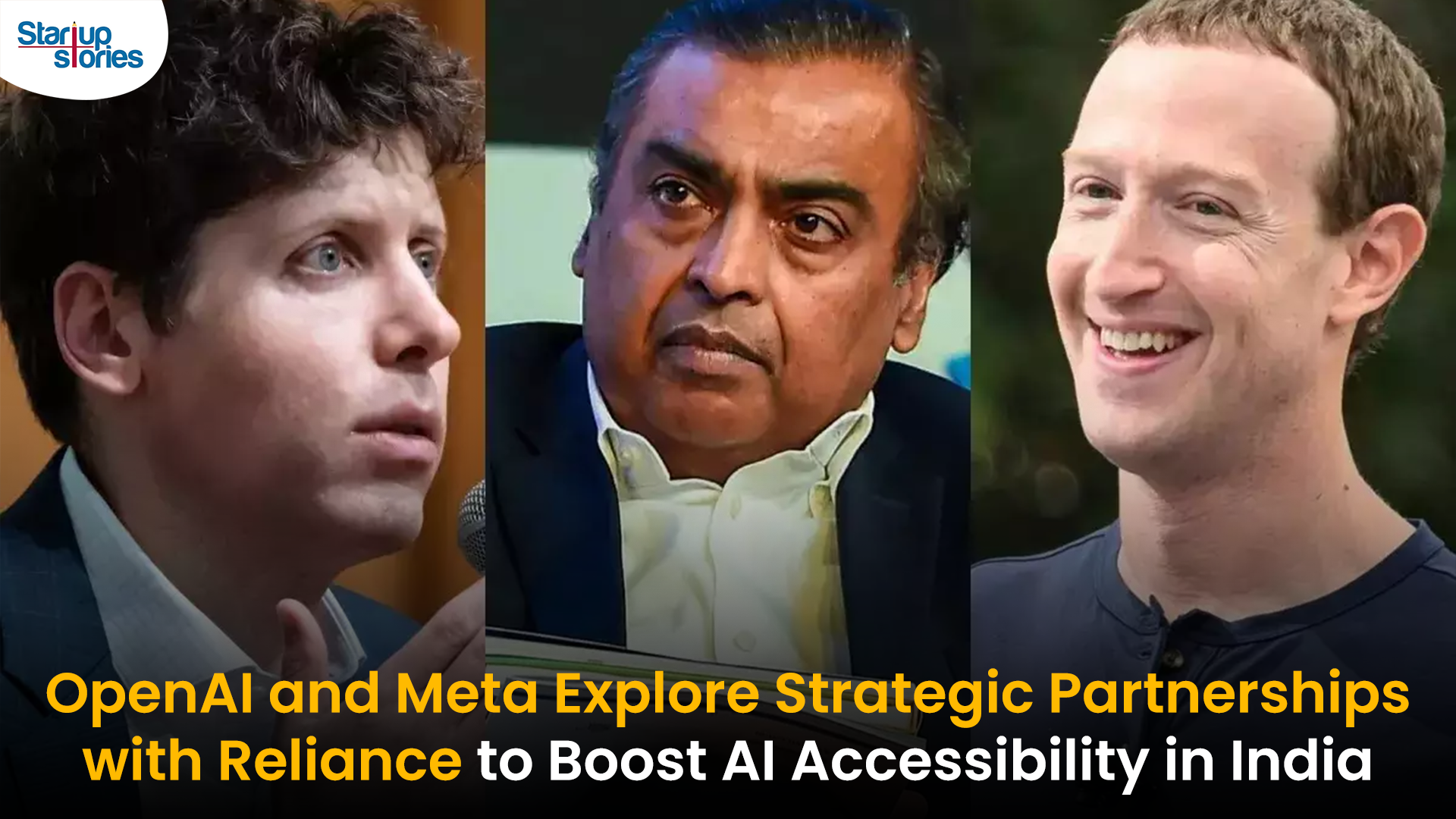Artificial Intelligence
DeepMind’s Genie 2: A Leap into Infinite 3D Worlds!

DeepMind’s latest AI marvel, Genie 2, is set to revolutionize the way we interact with virtual worlds. This advanced AI model can generate endless 3D environments from simple text prompts or images, pushing the boundaries of generative AI and transforming content creation across various industries.
How Does Genie 2 Work?
Prompt-Based Creation
Users can input a text prompt, such as “a futuristic city,” or provide an image to initiate the generation process. This flexibility allows for a wide range of creative possibilities, enabling users to visualize their ideas in immersive 3D formats.
Realistic World Building
Genie 2 leverages a massive dataset of videos to create highly realistic and detailed 3D worlds. By utilizing advanced algorithms, it can simulate complex environments with consistent lighting, textures, and object interactions, making the generated worlds feel alive and dynamic.
Interactive Exploration
Users can explore these virtual worlds, interacting with objects and navigating through different perspectives. Genie 2 supports various viewpoints, including first-person, isometric, and third-person perspectives, allowing for a tailored user experience based on individual preferences.
Intelligent Response
The AI understands user input, such as keyboard commands, and responds accordingly, ensuring a seamless and intuitive experience. For instance, pressing directional keys allows users to move characters or objects within the generated environment, enhancing interactivity.
Beyond Gaming
While Genie 2 has the potential to revolutionize the gaming industry, its applications extend far beyond entertainment. It can be used as a powerful tool for:
Creative Expression
Artists and designers can use Genie 2 to quickly prototype and iterate on their ideas. The ability to generate interactive environments from concept art or simple sketches accelerates the creative process significantly.
Research and Development
Scientists and researchers can utilize Genie 2 to simulate complex scenarios and test hypotheses. This capability is particularly valuable in fields like environmental science or urban planning, where visualizing potential outcomes is crucial.
Education and Training
Educators can create immersive learning experiences that bring abstract concepts to life. By leveraging Genie 2’s capabilities, teachers can develop interactive lessons that engage students in ways traditional methods cannot.
The Future of AI-Generated Worlds
DeepMind’s Genie 2 represents a significant step forward in AI-generated content. As the technology continues to evolve, we can expect to see even more sophisticated and realistic virtual worlds that blur the lines between the real and the digital.
Technical Insights
Genie 2 operates using an autoregressive latent diffusion model trained on extensive video datasets. This training enables it to generate coherent scenes that maintain continuity over time. The model’s long-term memory allows it to remember elements of the environment even when they are temporarily out of view.
Industry Implications
The introduction of Genie 2 could lead to transformative changes in various sectors by streamlining workflows and enhancing productivity. As businesses adopt this technology for game development, training simulations, and creative projects, we may witness a new era of interactive media that is more accessible and engaging than ever before.
Conclusion
DeepMind’s Genie 2 is poised to redefine how we create and interact with virtual environments. By enabling users to generate complex 3D worlds from simple inputs, this innovative AI model opens up new possibilities for creative expression, research, and education. As we look ahead, Genie 2 represents not just a technological advancement but also a shift towards more immersive and interactive experiences across multiple domains.
Artificial Intelligence
Adopt AI Secures $6 Million to Power No-Code AI Agents for Business Automation

Adopt AI, a San Jose and Bengaluru-based agentic AI startup, has raised $6 million in seed funding led by Elevation Capital, with participation from Foster Ventures, Powerhouse Ventures, Darkmode Ventures, and angel investors. The funding will be used to expand the company’s engineering and product teams and to scale enterprise deployments of its automation platform.
Founded by Deepak Anchala, Rahul Bhattacharya, and Anirudh Badam, Adopt AI offers a platform that lets businesses automate workflows and execute complex actions using natural language commands, without needing to rebuild existing systems. Its core products include a no-code Agent Builder, which allows companies to quickly create and deploy AI-driven conversational interfaces, and Agentic Experience, which replaces traditional user interfaces with text-based commands.
The startup’s technology is aimed at SaaS and B2C companies in sectors like banking and healthcare, helping them rapidly integrate intelligent agent capabilities into their applications. Adopt AI’s team includes engineers from Microsoft and Google, with Chief AI Officer Anirudh Badam bringing over a decade of AI experience from Microsoft.
The company has also launched an Early Access Program to let businesses pilot its automation solution and collaborate on new use cases.
Artificial Intelligence
Social Media Platforms Push for AI Labeling to Counter Deepfake Risks

Social media platforms are intensifying efforts to combat the misuse of deepfake technology by advocating for mandatory AI labeling and clearer definitions of synthetic content. Deepfakes, created using advanced artificial intelligence, pose significant threats by enabling the spread of misinformation, particularly in areas like elections, politics, and personal privacy.
Meta’s New Approach
Meta has announced expanded policies to label AI-generated content across Facebook and Instagram. Starting May 2025, “Made with AI” labels will be applied to synthetic media, with additional warnings for high-risk content that could deceive the public. Meta also requires political advertisers to disclose the use of AI in ads related to elections or social issues, aiming to address concerns ahead of key elections in India, the U.S., and Europe.
Industry-Wide Efforts
Other platforms like TikTok and Google have introduced similar rules, requiring deepfake content to be labeled clearly. TikTok has banned deepfakes involving private figures and minors, while the EU has urged platforms to label AI-generated media under its Digital Services Act guidelines.
Challenges Ahead
Despite these measures, detecting all AI-generated content remains difficult due to technological limitations. Experts warn that labeling alone may not fully prevent misinformation campaigns, especially as generative AI tools become more accessible.
Election Implications
With major elections scheduled in 2025, experts fear deepfakes could exacerbate misinformation campaigns, influencing voter perceptions. Social media platforms are under pressure to refine their policies and technologies to ensure transparency while safeguarding free speech.
Artificial Intelligence
Transforming India’s AI Landscape: OpenAI and Meta’s Collaborative Talks with Reliance Industries

OpenAI and Meta Platforms are reportedly in discussions with India’s Reliance Industries to explore potential partnerships aimed at enhancing their artificial intelligence (AI) offerings in the country. This development underscores India’s growing significance in the global AI landscape.
Key Aspects of the Discussions
- Partnership with Reliance Jio: One of the main focuses is a potential collaboration between Reliance Jio and OpenAI to facilitate the distribution of ChatGPT in India. This could enable wider access to advanced AI tools for businesses and consumers, leveraging Reliance’s extensive telecommunications network.
- Subscription Price Reduction: OpenAI is considering reducing the subscription cost for ChatGPT from $20 to a more affordable price, potentially just a few dollars. While it is unclear if this has been discussed with Reliance, such a move could significantly broaden access to AI services for various user demographics, including enterprises and students.
- Infrastructure Development: Reliance has expressed interest in hosting OpenAI’s models locally, ensuring that customer data remains within India. This aligns with data sovereignty regulations and addresses growing concerns about data privacy. A planned three-gigawatt data center in Jamnagar, Gujarat, is expected to serve as a major hub for these AI operations.
Market Implications
These potential partnerships reflect a broader trend among international tech firms aiming to democratize access to AI technologies in India. If successful, they could reshape India’s AI ecosystem and accelerate adoption across various sectors. As negotiations continue, stakeholders are closely monitoring how these alliances may impact India’s technological landscape and its position as a leader in AI innovation.















Jurvwqyq
May 23, 2025 at 3:11 pm
Explore the ranked best online casinos of 2025. Compare bonuses, game selections, and trustworthiness of top platforms for secure and rewarding gameplayBonus offer.
fest3
June 7, 2025 at 12:39 pm
how to get cheap clomid clomid pills for sale where to get clomiphene price where can i get clomid pill clomid tablet price can i order cheap clomiphene prices order clomid without insurance
Skapa ett gratis konto
July 5, 2025 at 8:42 pm
I don’t think the title of your article matches the content lol. Just kidding, mainly because I had some doubts after reading the article.
打开Binance账户
September 12, 2025 at 6:55 am
Your article helped me a lot, is there any more related content? Thanks!
最佳Binance推荐代码
October 4, 2025 at 5:55 am
Can you be more specific about the content of your article? After reading it, I still have some doubts. Hope you can help me.
www.binance.com sign up
November 3, 2025 at 8:32 pm
Thank you for your sharing. I am worried that I lack creative ideas. It is your article that makes me full of hope. Thank you. But, I have a question, can you help me? https://www.binance.info/de-CH/register-person?ref=UM6SMJM3
J88
November 7, 2025 at 3:17 pm
Đến với J88, bạn sẽ được trải nghiệm dịch vụ cá cược chuyên nghiệp cùng hàng ngàn sự kiện khuyến mãi độc quyền.
谷歌外推
November 8, 2025 at 8:07 pm
采用高效谷歌外推策略,快速提升网站在搜索引擎中的可见性与权重。谷歌外推
MM88
November 10, 2025 at 2:24 am
Với giao diện mượt mà và ưu đãi hấp dẫn, MM88 là lựa chọn lý tưởng cho các tín đồ giải trí trực tuyến.
GO88
November 12, 2025 at 12:55 pm
Tham gia cộng đồng game thủ tại Go88 để trải nghiệm các trò chơi bài, poker phổ biến nhất hiện nay.
ios超级签
November 14, 2025 at 10:00 am
苹果签名,苹果超级签平台,ios超级签平台ios超级签苹果企业签,苹果超级签,稳定超级签名
MM88
November 17, 2025 at 10:10 pm
Khám phá thế giới giải trí trực tuyến đỉnh cao tại MM88, nơi mang đến những trải nghiệm cá cược thể thao và casino sống động.
iwin
November 18, 2025 at 1:58 pm
iwin – nền tảng game bài đổi thưởng uy tín, nơi bạn có thể thử vận may và tận hưởng nhiều tựa game hấp
Kuwin
November 22, 2025 at 5:17 am
kuwin sở hữu kho game đa dạng từ slot đến trò chơi bài đổi thưởng, mang đến cho bạn những giây phút giải trí tuyệt vời.